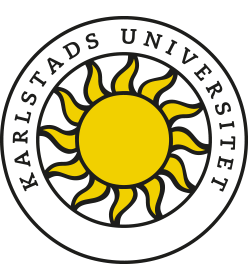Historical enquiry with archaeological artefacts in primary school
Nøgleord:
HISTORY TEACHING, INTERCULTURAL LEARNING, HISTORICAL ENQUIRY, SOURCING, ARCHAEOLOGICAL ARTIFACTS, PRIMARY SCHOOL, PHENOMENOGRAPHY, VARIATION THEORY, HISTORICAL CONSCIOUSNESSResumé
The article contributes with knowledge of primary school pupils’ learning of historical enquiry with an intercultural perspective on the Viking age and investigates what it means for pupils to learn to interpret archaeological artefacts. Research was conducted as a Learning study with 10 and 11-year-old pupils and lessons were performed as historical enquiry with archaeological artefacts. Three questions are posed: (1) how were the pupils’ historical consciousness activated by the archaeological artefacts, (2) how did the pupils experience the task of interpreting archaeological artefacts with an intercultural perspective, and (3) what are critical aspects for this learning? Three variation patterns that activated pupils’ historical consciousness are identified, including (a) material, (b) cultural and (c) normative contrasts. Four perception categories for historical interpretation of archaeological artefacts and three critical aspects are also identified. It is suggested that it is critical for the pupils to discern (i) historicity, (ii) historical representativeness and (iii) intercultural interaction in relation to artefacts and historical narratives. The study suggests that teachers could start from archaeological artefacts to activate pupils’ historical consciousness, rather than from textbook narratives and that pupils’ perceptions should be seen as a resource in enabling historical learning. Also, historical enquiry appears to be a reasonable approach to teaching intercultural perspectives on a historical content. These findings can be valuable for history educators and researchers who engage in teaching historical enquiry with an intercultural perspective from material culture.


